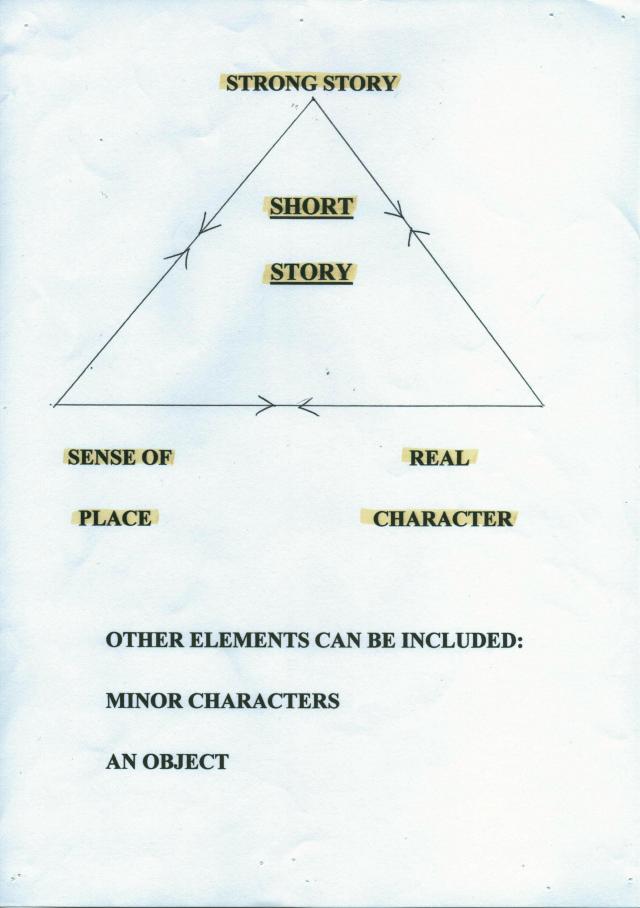
There is a discipline to the writing of a short story, but how many novice writers either don’t realise it or simply don’t care?
The following three graphics provide the guidelines I put together and used prior to moving onto writing novels.
Did those guidelines work?
I’ve won competitions with stories by adhering to the following rules, so I’ll let you make up your own mind.
Could there be anything else?
Yes, and it’s very important.
Just like any other type of writing – do not accept your first draft as the final draft. I’ve found that the best practice is:
1. Get the initial idea written and then do a quick edit.
2. Leave it aside for at least a week, or longer if possible.
3. Bring it out and have a close look at it, and if possible, print the story and read it aloud.
4. Edit and then leave it aside again, for a week or more.
5. To put it in a planning perspective, if it was now March 1st and I was entering a story into a competition for 31st May, I would write the first draft by mid-March. I would then leave it aside the first time for about a week. Before the second draft, I’d leave it aside for about two weeks and then for each draft afterwards, at least two weeks each time.
There is one very important aspect to entering competitions which is common to all of them.
Read the rules and follow the instructions word for word.
My page about Competition Writing supports this item.
***




Pingback: Producing an Anthology | Tom Benson - Creative
I am so glad I read this. I have written quite a few short stories but now realise I have work to do on them, but if I stick to these guidelines, they will definitely be better than they were. Thank you, Tom.
LikeLiked by 1 person
Thank you, Cathy, and I’m glad my notes have been useful. I’ll be watching out for an anthology from you. 🙂
LikeLiked by 1 person